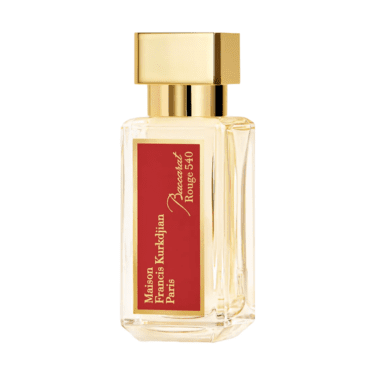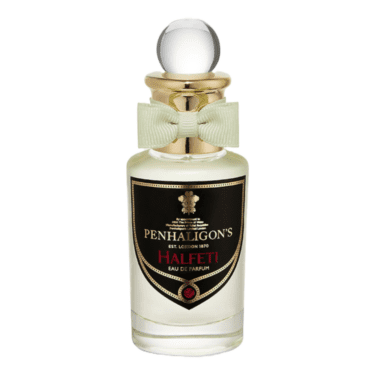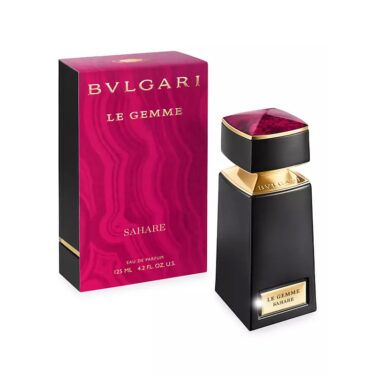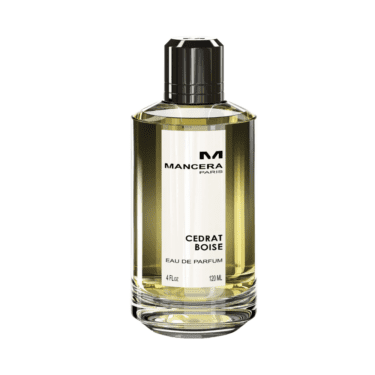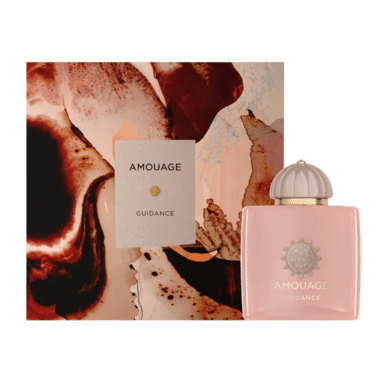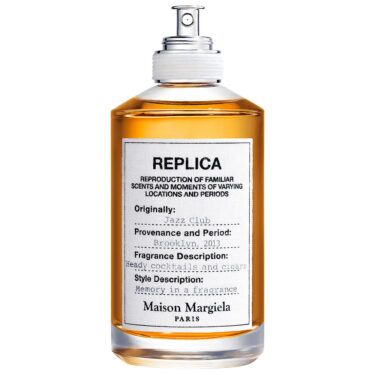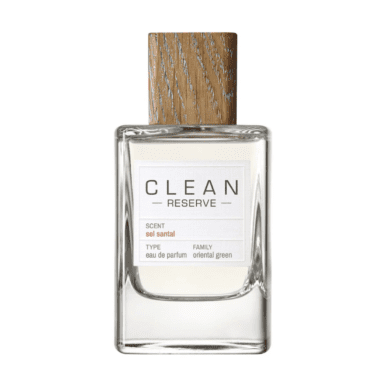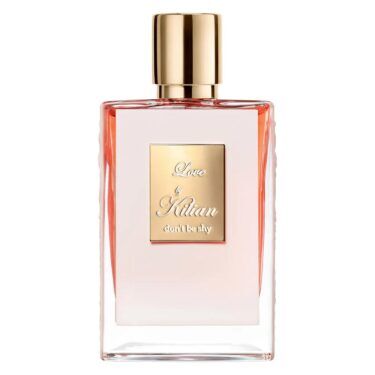Over the past few years, fragrance has transformed from a niche luxury to a mandatory part of any routine. And after a lot of experimenting with famous favorites and viral stars, trends are turning towards long-lasting, slow-release perfumes. Tried-and-true bold scents known for projection and longevity are gaining steam, and at the same time, fragrance technology is pursuing new formats for a longer-lasting scent.
Featured Experts
- Gil Clavien is Principal Perfumer at DSM-Firmenich and the formulator behind Sweet Tooth, Fragrance by Sabrina
- Greg Black is the CEO of Clean Beauty Collective
- Alex Wiltschko is the CEO and founder of Generation by Osmo
Slow-Release Perfumes for Longer-Lasting Scent
There’s a lot that goes into fragrance formulation, and getting a scent to last a long time isn’t necessarily simple.
“How a fragrance releases depends on the characteristics of the individual notes, the combination of which plays a role on how and when it releases over time, in addition to their interaction with skin,” explains Gil Clavien, Principal Perfumer at DSM-Firmenich and the formulator behind Sweet Tooth, Fragrance by Sabrina ($55). “To craft a slow-releasing perfume, it is about finding the right balance of ingredients that will release over time at different intervals to give the impression of a continuous fragrance experience.”
Aside from picking the strongest notes and boldest profiles, formulators consider how the formula will last once it’s on your skin. One key player in fragrance longevity is the concentration of alcohol. Most fragrances are alcohol-based, and alcohol tends to evaporate fairly quickly. That’s one of the reasons why the Clean Reserve H2Eau fragrance line ($28) prioritized a water-based formula with testable longevity. “We conducted our tests using the same oils, changing only whether it was water- or alcohol-based,” says Clean Beauty Collective CEO Greg Black. “And our water formula was at parity with alcoholic fragrances at eight hours, with our formula beating traditional fragrances at 12 hours.”
Fragrance Technology and What’s Next
Thanks to advances in micro-encapsulation technology, fragrances can release more gradually, allowing for enhanced staying power. Just this January, a research team published their findings on nano-capsules for the extended release of fragrances on human skin. “Because of the slow and sustained release of fragrances, encapsulation of molecules in biocompatible NCs can represent a revolutionary contribution to the future of toiletries, body deodorant products and in washing and cleaning sectors,” the study concludes.
At the same time, perfumers are experimenting with temperature-responsive formulas and even creating digitized scents to examine and better replicate fragrances. “When a computer replicates an image, that’s taking light into a camera and turning that into bits of data, transmitting it and having it dematerialize on the other end,” says Generation by Osmo founder and CEO, Alex Wiltschko. “When you do the same thing for smell, you have to build a very complex map for the computer to read and then replicate. It’s like taking something from three-dimensions to 300-dimensions. And once it’s encoded in our scent map, it’s decoded by the fragrance printing robot into instructions, so that it can print that scent again, and it will be identical.”
Bold, Slow-Release Perfumes That Last All Day
If you’re looking for a fragrance that lasts a full eight hours, you can’t go wrong with one of these iconic scents.
www.newbeauty.com (Article Sourced Website)
#SlowRelease #Perfumes #Big #Trend

